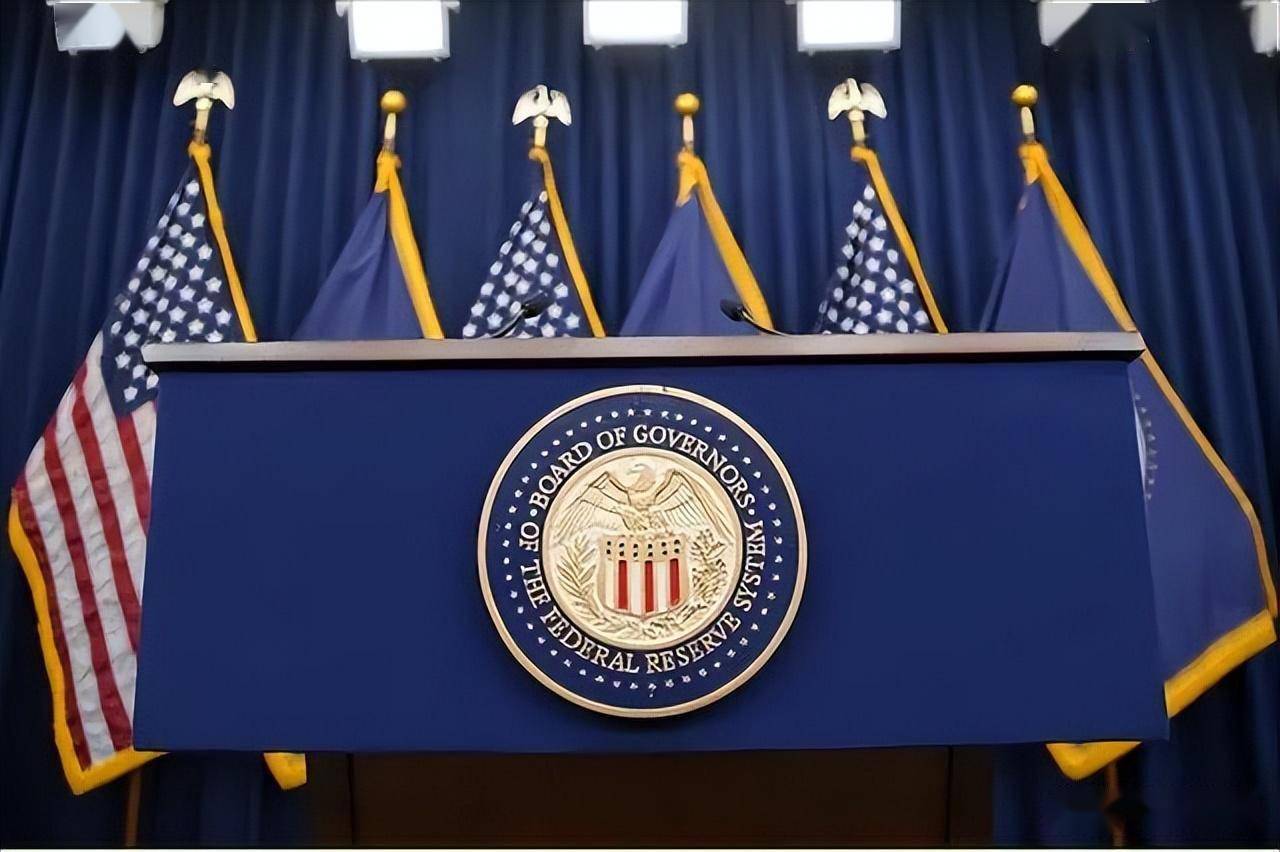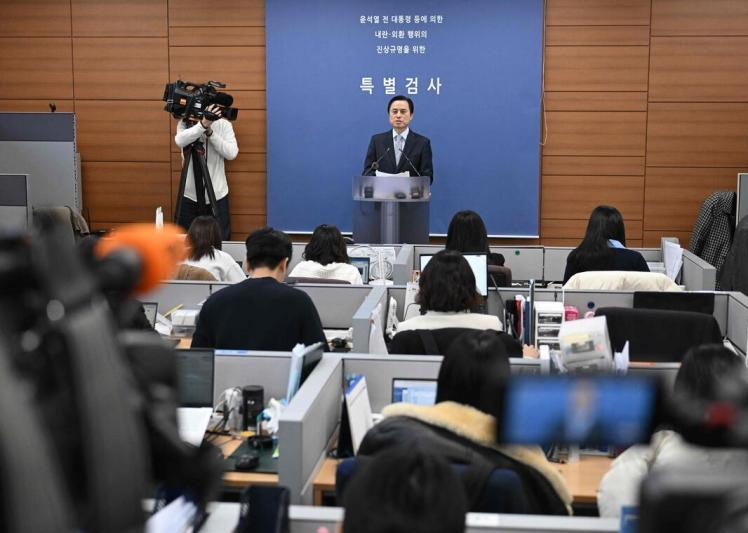
On August 22 local time, the remarks made by Federal Reserve Chair Powell at the Jackson Hole Global Central Bank Symposium were like a pebble thrown into a calm lake, causing a huge stir in the global financial market. He pointed out that employment growth is facing downside risks and the Federal Reserve is open to interest rate cuts. This indication has led traders to rapidly increase their bets on a rate cut by the Fed in September. CME's "FedWatch" shows that the probability of a rate cut has soared to 91.1%. As one of the world's most important central banks, the Federal Reserve's policy movements have always had a "domino effect" on the global financial market. The rising expectations of this interest rate cut will also reshape the market landscape in multiple dimensions.
For the US financial market, the impact of this policy signal is extensive and profound. In the stock market, expectations of interest rate cuts often serve as a short-term "stimulant". If the interest rate cut is implemented, the financing costs of enterprises will be significantly reduced, directly improving their financial conditions and enhancing their profit expectations. However, it is necessary to be vigilant that the overall valuation of the current US stock market is already at a historical high. Although interest rate cuts can stimulate stock prices in the short term, they may further inflate the valuation bubble. Once subsequent economic data or corporate earnings fall short of expectations, the risk of a stock market correction will rise simultaneously.
The bond market will directly benefit from the logic of downward interest rates. Interest rates have an inverse relationship with bond prices. A rate cut means a decline in bond yields and an increase in prices, which will attract more investors to buy bonds and drive the bond market into a phase of bull market. For investors who already hold bonds, the asset value will increase accordingly. However, for new investors entering the market, the expected future returns will decline simultaneously. Meanwhile, the heat in the bond market may divert some of the funds originally planned to flow into the stock market, exerting certain pressure on the stock market's liquidity. The rebalancing of funds between the two will become the norm in the short-term market.
In the foreign exchange market, expectations of interest rate cuts have begun to suppress the performance of the US dollar. On the one hand, lower interest rates will weaken the appeal of US dollar assets, prompting international investors to reduce their allocation of US dollar assets. On the other hand, as a major global reserve currency, a decline in the US dollar's interest rate will drive funds to flow into other currencies with relatively higher interest rates, leading to a reversal in the supply and demand relationship of the US dollar in the foreign exchange market and subsequently pushing the US dollar's exchange rate lower. This depreciation trend will not only affect the import and export trade of the United States, but also have an impact on the global market through the exchange rate transmission effect.
For emerging market countries, the expectation of the Federal Reserve cutting interest rates brings a complex situation where opportunities and challenges coexist. From the perspective of opportunities, the shift in capital flow will be the core positive factor. As the yield of US dollar assets declines, international capital, in pursuit of higher returns, will accelerate its flow to emerging market countries with strong economic growth potential and relatively reasonable asset valuations. The influx of a large amount of foreign capital can not only inject liquidity into the stock and bond markets of these countries, driving up asset prices, but also broaden the financing channels for enterprises and reduce financing costs, providing impetus for economic growth.
However, potential risks should not be ignored either. The large-scale influx of foreign capital will push up the exchange rates of currencies in emerging market countries. Although it can reduce import costs, it will weaken the price competitiveness of products in export-oriented economies and put pressure on the performance of export enterprises and economic growth. More crucially, the "quick in and quick out" nature of foreign capital may pose a hidden danger - if the Federal Reserve's policy shifts to raising interest rates in the future, funds may rapidly flow back to the United States, leading to a sharp drop in asset prices in emerging markets, currency devaluation, an increase in debt burdens, and even triggering local financial turmoil.
From the perspective of the global economic and financial order, the expectation of the Federal Reserve cutting interest rates also brings multiple uncertainties. In the field of international trade, the depreciation of the US dollar will directly affect the prices of bulk commodities denominated in US dollars. The prices of categories such as oil and gold are likely to rise, which will increase the production costs of global enterprises. Especially for countries that rely on bulk commodity imports, the pressure of imported inflation will significantly increase. The rise in global inflation may force some countries to tighten their monetary policies, which will conflict with the easing direction of the Federal Reserve and thereby curb the pace of global economic recovery.
Overall, the policy move by the Federal Reserve to hint at a rate cut is like a "double-edged sword", exerting multi-dimensional and deep-seated impacts on the domestic market of the United States, emerging market countries, and even the global economic and financial order. Both investors and policymakers need to closely monitor the pace of the Federal Reserve's subsequent policy implementation and changes in economic data, and formulate response strategies in advance. Only in this way can they seek benefits and avoid harm in the complex and volatile market environment and achieve stable development.

YTN TV of South Korea reported on Tuesday (December 16) that the South Korean court plans to make a ruling on the charges of former President Yoon Suk Yeol for obstructing justice on January 16, 2026.
YTN TV of South Korea reported on Tuesday (December 16) tha…
On December 7, a new round of intense military conflict bro…
Recently, US media disclosed that the Pentagon is planning …
From three launch failures and a brush with bankruptcy to n…
Recently, a major piece of news has emerged in the US polit…
Against the backdrop of the Federal Reserve's third rate cu…